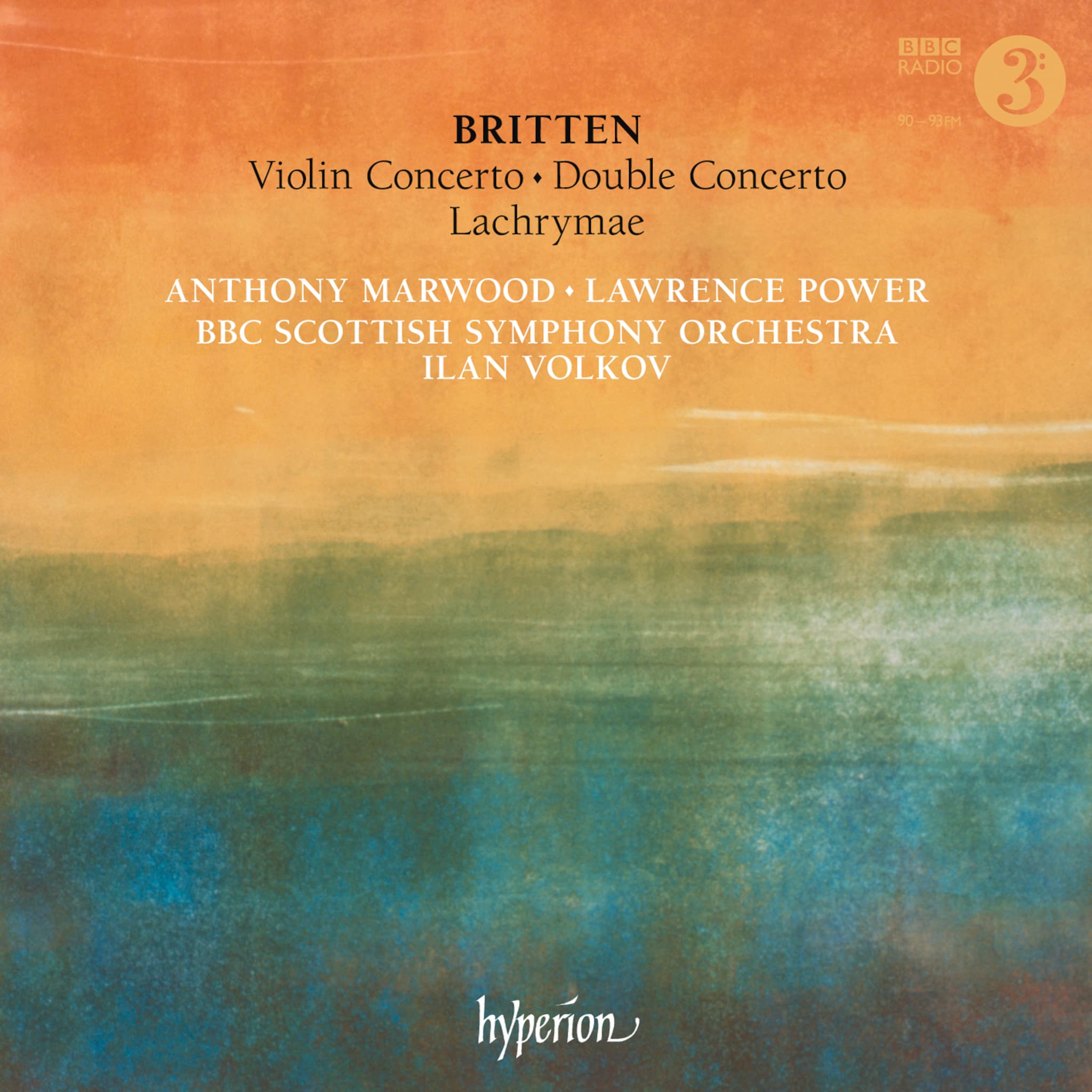Album insights
Eriks Ešenvalds, a pragmatic composer, meticulously tailors each new piece to suit the occasion, available instrumentation, and the abilities of performers. By setting English texts, he caters to an international audience. His works reflect a blend of dissonance, consonance, rhythm, and structural complexities that align with his expressive intentions. Coming from a Baltic background, Ešenvalds' compositions convey a direct, sincere expression, devoid of ideological constraints.
After studying composition at the Riga Music Academy, Ešenvalds diversified his musical influences under various mentors, molding a flexible musical expression evident in pieces ranging from modern to neo-impressionistic styles. While choral music now dominates his oeuvre, his roots in a culture where choral singing is central have contributed to his deep familiarity with the genre. Passionate about both music and his faith, Ešenvalds' work "Passion and Resurrection" stands as a profound expression of his religious beliefs.
Deviating from historical Passion narratives, Ešenvalds' masterpiece presents a fragmented retelling with the choir representing various voices, notably articulating Jesus' words. The soprano embodies a Marian presence, while the string ensemble complements the choral structures, adding subtle ironies. Split into four parts, this composition integrates biblical verses seamlessly, allowing a fluid progression from solos to choral harmonies, resonating with moments of uncertainty and solace.
Transitioning to further compositions like "Evening," which captures the wonders of a sunset, and "Night Prayer," a melodic plea for nocturnal protection, Ešenvalds demonstrates a rich harmonic palette, contrasting serene passages with fervent outpourings. With pieces like "A drop in the ocean," commemorating Mother Teresa, and "The Legend of the Walled-in Woman," weaving tales into musical artistry, Ešenvalds showcases avant-garde techniques to heighten emotional impact.
Lastly, "Long Road," a poignant love poem turned composition, reflects simplicity and sincerity akin to a hymn. The English rendition, dedicated to Polyphony and conductor Stephen Layton, epitomizes homophonic textures layered with diatonic opulence. Through his diverse compositions, Ešenvalds masterfully captures emotions and narratives, transcending traditional boundaries with his innovative approach.






